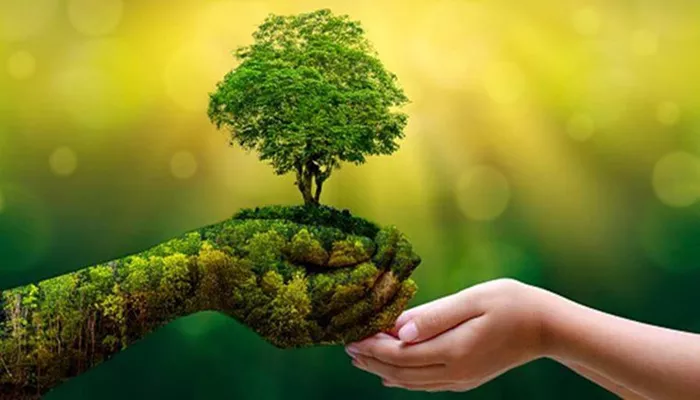This year marks a decade since the United Nations adopted the Sustainable Development Goals (SDGs). While some progress has been made, many challenges remain. With less than five years until 2030, only 17% of the goals are on track, while 18% are regressing, and 17% have seen no progress. This highlights the urgent need for bold action, particularly to address the financial challenges that hinder progress.
The SDG Knowledge Hub estimates an annual financing gap of between $2.5 trillion and $4 trillion. Biodiversity conservation alone faces a shortfall of over $700 billion. Developed nations are also falling short of their $100 billion annual climate finance commitment. This leaves the daunting task of raising $300 billion annually for developing countries, a target that seems increasingly unachievable under current financial systems.
However, innovative, nature-based financial solutions from communities worldwide offer hope. The 2024 UNEP Nature-Based Solutions Workshop in Nairobi showcased models that address environmental and social challenges while redefining how to finance sustainable development. These projects, many led by Equator Prize winners, demonstrate how grassroots action can help bridge critical financing gaps.
Mikoko Pamoja: Turning Mangroves into a Sustainable Revenue Source
One example is Mikoko Pamoja, a community-led initiative in Kenya’s Gazi Bay. The project, which began in 2013, is the world’s first to sell carbon credits from mangrove conservation. These credits, verified by Plan Vivo Certificates, fund community-led restoration efforts while ensuring real carbon savings. Mikoko Pamoja has financed the conservation of 117 hectares of mangroves and is restoring 0.4 hectares annually, sequestering around 3,000 metric tons of CO₂-equivalent per year. This project provides a replicable model for funding biodiversity and climate action.
The Hadza People: Securing Land Rights and Generating Revenue
In Tanzania, the Hadza people have faced shrinking land and deforestation for decades. In 2011, they secured legal land rights and partnered with Carbon Tanzania to sell carbon credits. This initiative prevents the release of 22,000 metric tons of CO₂ annually and has generated over $350,000 to fund community projects. Deforestation in their protected area has decreased dramatically, and endangered species like elephants and wild dogs are recovering. This project shows how land rights and innovative finance can drive conservation and economic prosperity.
CredorSave Loans: Supporting Farmers in Zambia
CredorSave Loans, a 2024 Equator Prize winner, is bridging the gap between climate and biodiversity losses and the financial needs of vulnerable communities in Zambia’s Rufunsa District. The program allows farmers, especially women, to invest in sustainable agriculture without the burden of high-interest debt. By aligning repayments with harvest cycles and providing financial literacy training, the initiative has increased food security, boosted incomes, and improved economic resilience, with 99% of households repaying on time.
Nashulai Maasai Conservancy: Crowdfunding for Conservation
The Nashulai Maasai Conservancy in Kenya offers another innovative approach to financing. The conservancy was launched through crowdfunding, allowing the Maasai community to retain full control over its direction. Since its launch, it has used grants to support projects like ecotourism, soapmaking, and beadmaking, which generate income for local Maasai communities while supporting conservation efforts.
PVC Burundi: Combating Land Degradation Through Carbon Credits
PVC Burundi, a 2023 Equator Prize winner, has created the country’s first carbon credit system to address land degradation, biodiversity loss, and food insecurity. By supporting local communities with income-generating projects, PVC is helping to regenerate the land and promote sustainable practices. With over 3,000 communities already engaged, the organization plans to expand its outreach and establish a system for tracking carbon credits, offering new opportunities for local stakeholders.
A Path Forward for Global Finance
As the world prepares for the Fourth International Conference on Financing for Development (FfD4) in Seville, these community-led initiatives provide valuable lessons on transforming financial systems to support sustainable development. They show that reforming global finance can drive both the SDGs and biodiversity goals. As UN Secretary-General António Guterres has said, “The global financial system is broken—but not beyond repair.” These communities are proving that nature-based solutions can help fix it and lead the way toward a more sustainable future.
Related Topics:
How to Tackle Debt in a Rising Cost-of-Living Environment: Expert Tips
India-U.S. Trade Pact Expected to Be Finalized This Year: Sitharaman
WFIS 2025: Shaping the Future of Vietnam’s Financial Services

